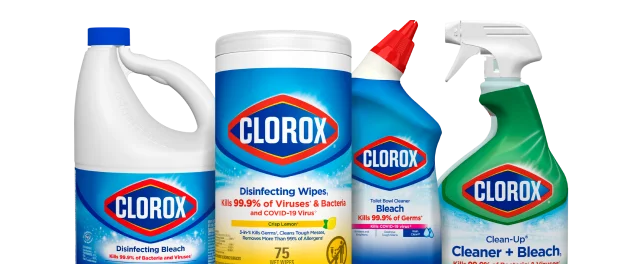Is Soft Water Better for Washing Clothes?

Hard water vs. soft water. Find out if washing clothes in soft water gets better laundry results than washing clothes in hard water without a water softener.
Question
I have a water softener, and know that I can use less detergent to clean my clothes than when washing in hard water. Should I also use less Clorox® Disinfecting Bleach and Clorox 2® for Colors Stain Remover and Laundry Additive?
Answer
Using a water softener to treat hard water definitely leads to better laundry results. Hard water causes a variety of problems, resulting in the need to increase laundry product usage above the lowest recommended amount. Therefore, it is important to be careful not to underuse laundry detergents and additives when adjusting for normal (soft) water quality. Additionally, be sure to take into account the load size and soil level when determining how much of any product to add. In a standard washer, we recommend detergent and ⅓ cup Clorox® Disinfecting Bleach for normal loads, and up to ⅔ cup bleach for extra large or heavily soiled loads. With hard water, a consumer needs to use more bleach if there is high calcium and magnesium content, but use absolutely no bleach if there is iron and manganese present. These minerals can react with the bleach causing the fabric to yellow. For Clorox 2® for Colors Stain Remover and Laundry Additive, you also need to consider load size and soil level. For lightly soiled clothing or smaller loads washed in soft water (low water hardness), fill the cap or scoop to the first line. As load size and soil levels increase, boost product usage accordingly.
High efficiency washing machines use much less water. Removed soils suspended in the wash water are more concentrated, and bleach breaks down much faster. We still recommend using ⅓ cup Clorox® Disinfecting Bleach in HE washers, or for those HE machines with small-capacity bleach dispensers, filling the bleach dispenser to the “max-fill” line. Again, you should also use load size and soil level as a guide for determining how much more bleach to add. Instead of adding more bleach, however, consider washing two smaller loads. This is because the dispenser limits the amount of bleach that can be added, so washing two smaller loads is the best way to adjust bleach usage for soil level. For Clorox 2® for Colors Stain Remover and Laundry Additive, fill the cap or scoop to line 1, and again consider two small loads if you have heavily soiled laundry. If there is no dedicated dispenser for color-safe bleach, then add it to the detergent compartment, also being sure to use a HE detergent.
Finally, monitor your laundry results over time. Sometimes laundry habits, like using less detergent, may seem sufficient after one or two washes, but over time, the cumulative effect of insufficient cleaning can lead to dingy clothes.


